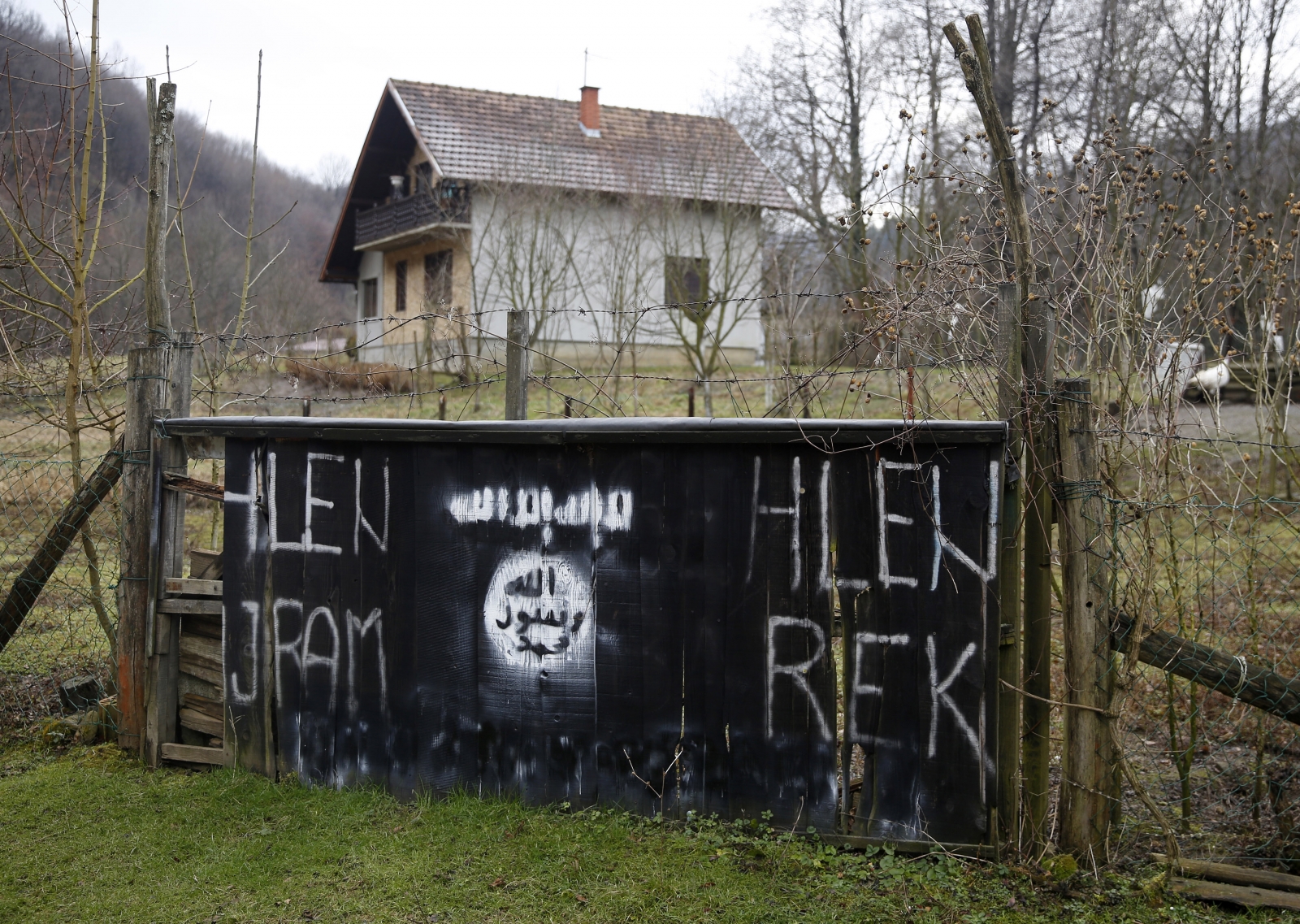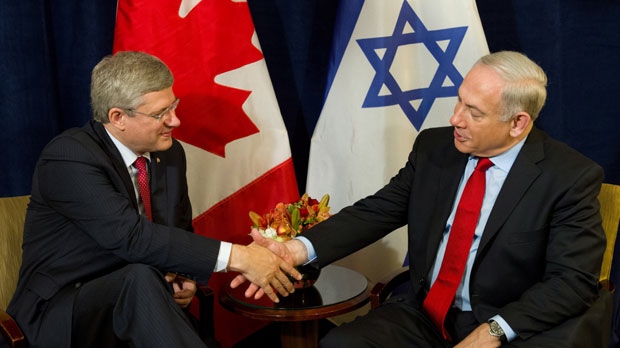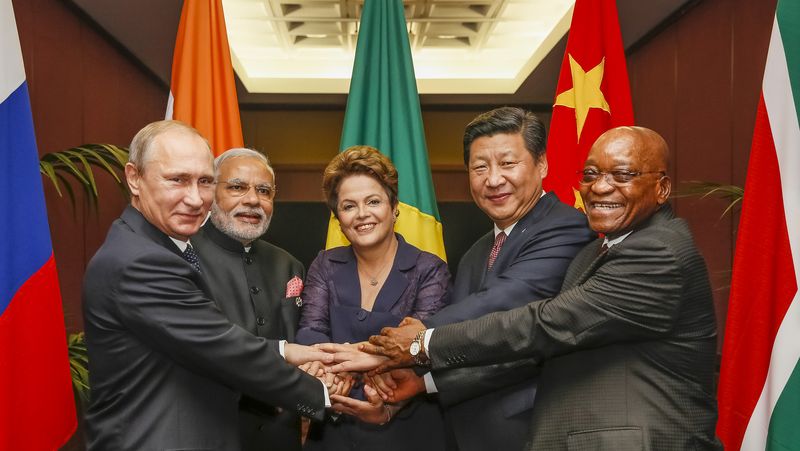Over the past year, evidence has been mounting of the presence of an Islamist stronghold in the middle of Europe. Last week, the German news source Der Spiegel wrote about the existence of virtual ‘sharia villages’ in Northern Bosnia, just a stone’s throw away from the border of the European Union (EU). Even more disturbing, the black flag of the Islamic State (ISIS) was seen flying around in the village of Osve, which initiated a wave of reports over a new hotbed of jihadist in the Balkans.
This came after the International Business Times published a story on Islamic preachers buying land in Northern Bosnia. Between 2010 and 2015, two terrorist attacks on police stations in Bosnia, as well as the U.S. embassy in Sarajevo, demonstrated the capabilities possessed by small Wahhabi Islamic communities situated in isolated and remote villages in Northern Bosnia. When the UK-based Daily Mirror sent its investigators to the area, local residents told them they heard frequent gunshots coming from the woods.
The area, isolated and sparsely populated, is the perfect training ground for jihadists, and has been for years. Bosnia’s proximity to both Europe and Turkey makes it a key corridor for both refugees and jihadists. Not only is this location convenient to cross into the Schengen Zone, but there are also large stocks of weapons and ammunition left over from the Bosnian War.
Reassessing the ISIS Threat
Is this ISIS’s new Trojan Horse in Europe? Some experts are drawing attention to the threat posed by these communities to European Security. In 2013, the Brussels-based International Crisis Group (ICG) released a report that referred to Islamism and nationalism as a ‘dangerous tango’ in Bosnia. This perhaps points to a much greater problem in the Balkans than the presence of well organized Islamic preachers.
Despite the proportionately high number of Bosnian Muslims fighting in the ongoing civil war in Syria, the percentage of Islamic preachers on Bosnian soil, although unusually vocal, is still relatively small. IHS Jane’s Intelligence Review, a publication focused on geopolitical analysis, dismissed claims of a strategic threat to Europe as a vast exaggeration of the Serbian and Croatian media in a bid to deflect general attention from pressing issues.
A closer look of these secluded radical villages in the north shows how the Dayton Accords effectively separated hundreds of communities, and institutionalized the ethnic divide in Bosnia-Herzegovina. The remote village of Osve is also one of the numerous land swaps negotiated by the peace agreement. This remote and isolated village, which is located 100 kilometers away from Sarajevo, is one of the many so-called ISIS enclaves in Bosnia whose status was defined by the ‘ethnic resettlement’ goal of the Dayton Accords.
It is due to this ethnic divide that Islamic villages, such as those in Osve, Zena and Gornja Maoča, have been sheltered from government intervention. A police officer told Der Spiegel that this institutional fabric was a major obstacle to the conduct of ongoing investigations. With Bosnia divided into 10 cantons, each with its separate police structure, reaching Gornja Maoča, another Wahhabi enclave is a time-consuming process, as federal police must first report to their homologues in the region. There is “plenty of time,” said the investigator, “for the radicals to pull in their IS flags.”
This is but a glimpse of the scope of Bosnia’s political paralysis. With 14 independent governments, law enforcement officers find themselves competing with 16 separate police forces, a major hindrance to intelligence sharing, surveillance and counter-terrorism operations.
This is a much bigger threat to Bosnian security than ISIS. That arms smugglers and terrorists find refuge in this institutional chaos should come as no surprise. At the moment, the CIA estimates that one-third of Bosnian non-governmental organizations (NGOs) employ people with ties to Al-Qaeda.
The Sources of Radicalism
The Wahhabi discourse, a radical branch of Islam pushed forth globally by Saudi Arabia, is the first benefactor of this burdensome system. The Saudi-funded King Fahd Mosque in Sarajevo, which answered to no one but the Saudi Embassy, was able to operate nearly independently for years before the Bosnian government acted.
The slow government response, despite numerous reports of calls for radicalization from the Mosque, can be explained by its wariness over ethnic issues, which systematically undermine any effort to build a civil society. An op-ed published in Foreign Policy exemplified the systematic failure of government to come to terms with the post-Dayton realities. The Bosnian town of Mostar, whose municipal government has expired for three years, is infested with rats; the city has the highest rate of scabies in Bosnia. But the city, almost evenly divided between Muslim Bosniaks and Roman Catholic Croats, has been unable to hold an election.
Conclusion
This stalemate is one of the many examples of the political deadlock in Bosnia, leading authors Gerard Toal and Carl T. Dahlman to call Bosnia an ‘ethno cultural prison.’ Their recent book, Bosnia Remade: Ethnic Cleansing and Its Reversal provides a grim look at the Dayton Accords, arguing for a progressive institutional reform that would ultimately eliminate the ethnic divide.
To be fair, however imperfect the Dayton Accords are, they were primarily intended for ending bloodshed, rather than creating a country capable of countering the Islamic State. But today, the same agreement, amidst a struggling economy and high unemployment, has made Bosnian citizens even more vulnerable to radicalism.




